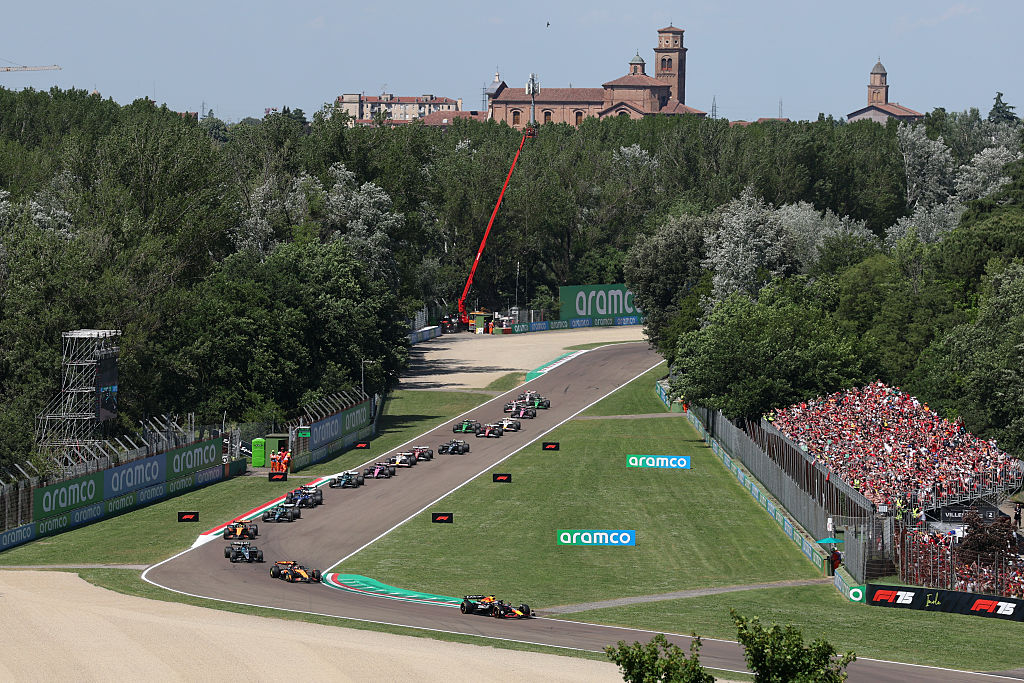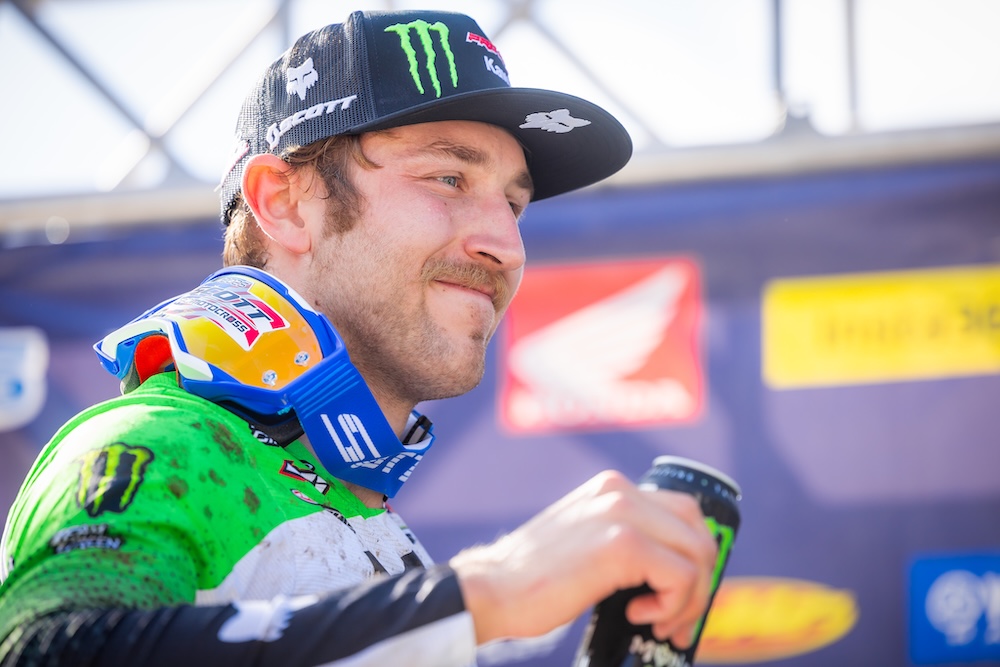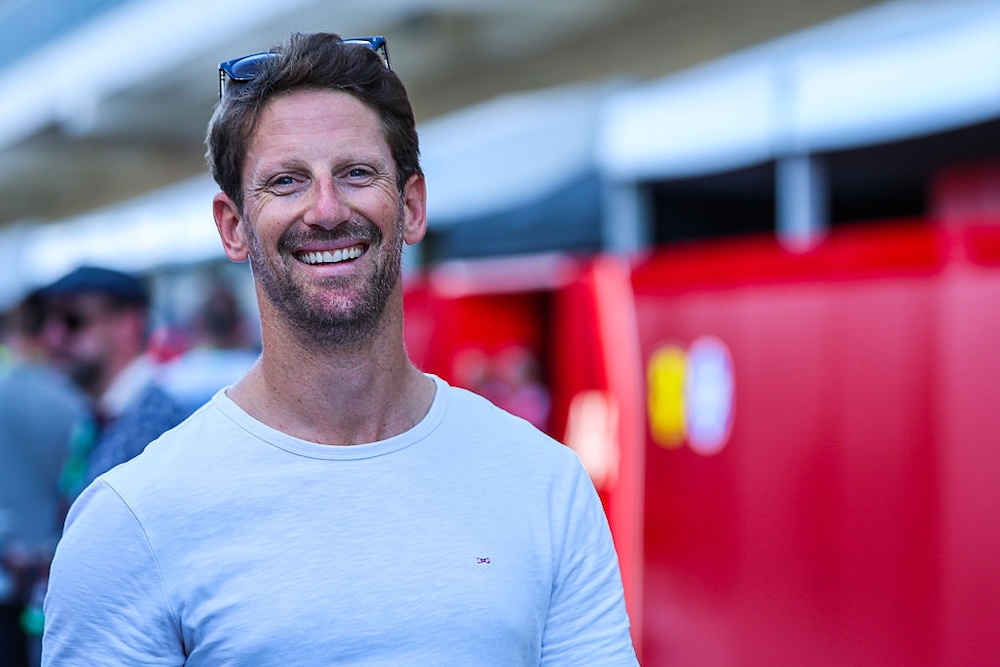
Ryan Pierse/Getty Images
ShareThis is disabled until you accept Social Networking cookies.
Imola delivers in spades on what could be its finale
I’ve got to admit to having a bit of a love-hate relationship with Imola. The circuit facilities, the dodgy parking if it rains, and the horrific traffic can all be sources of frustration, but they are offset by one of the coolest tracks on the calendar.
A place steeped in history, yes, but it’s also just a beautiful setting, draped on a hillside next to a river within a gorgeous Italian town, and it challenges drivers.
The bumps hurt their backs, the curbs unsettle their cars, and the runoff areas are not runoff areas but punishing grass and gravel traps that mean you will not get away with an error without losing a significant amount of time (if not a number of your components).
.jpg)
Unforgiving – something setting Imola apart from most, if not all. Lars Baron/Getty Images
I got to enjoy many of the good parts this week – aside from the incredible local food and atmosphere – and none of the bad, but there was also one unexpected negative that proved to be unfounded this time around, too.
While it’s epic to watch drivers pushing the limits in qualifying, unable to make even the smallest mistake without seeing lap time suffer markedly, they’re usually having to take risks because the track is so tough to overtake on. The bypassing of the old final chicane – the Variante Bassa – allowed the inclusion of a long DRS zone on the pit straight to Tamburello that was always set up for passing, but it seemed to rarely create brilliant racing unless the weather intervened.
This time around, a combination of retirements (perhaps track-specific as both Kimi Antonelli and Esteban Ocon stopped with similar-looking issues after losing drive out of the Villeneuve chicane) and tire choices created variation in strategy and meant cars could have wider performance differences at certain times of the race. The result was a grand prix with plenty of action, even if Max Verstappen effectively checked out at the front and never really looked under threat for the victory despite the safety car and virtual safety car interruptions.
So what’s different compared to previous races? Nothing, really. Some might have you believe dirty air has even made it harder to follow (although I maintain that’s because cars are so closely-matched that the same amount of dirty air just has a proportionally greater impact), but it’s mainly down to circumstance.
The grid order, the tires, the interruptions to the race, the timing of pit stops as a result – these are all things that have very little to do with the circuit itself. Many of those variables need to align in some form to create on-track action, otherwise even the track that encourages the best racing will see a procession if cars line up in grid order and advance through the race without trouble or error.
Monaco is a unique case, but many of the rest of the venues on the calendar perhaps should be given a little more credit that they can produce a good race even without rain, and that track layout isn’t the only factor.
This means there is very much a place for the old-school circuits in modern day Formula 1, if the financial aspects can also be worked out.
Imola has just hosted the final event of its current contract, and the expectation is there won’t be another one agreed for 2026 onwards. Or if there is, that it will be on a rotational basis.
The drivers were asked about it a lot over the weekend, and naturally the winner of the last four races held there will be sorry to see it go.

The Italian countryside is irreplaceable and unique, even alongside Monza. Few disagree, but people are not necessarily the purse strings. Ryan Pierse/Getty Images
“Losing these kind of tracks is a shame,” Verstappen said. “I get it from F1’s side of things, of course – the new tracks that we are going to. You have to see it from a sporting side and a financial side, right? If you want to grow the business and make it more popular, I get it.
“For me, of course, personally, when I just speak about the enjoyment of driving, it’s these kind of tracks that made me fall in love with racing in general – in go-karting, even, because you have the same thing in karting where some tracks are more special than others.
“Then when you started watching Formula 1, there were always these few tracks where you just – I don’t know, you look at the speeds, you look at how difficult they are to master. The history of the sport at certain tracks, it’s all very special and gives you a bit more emotion to things. It’s definitely a shame for me, personally, but what can I do about it?”
Not much, Max, but it’s always nice to hear when drivers have similar comments to many fans when it comes to favorite circuits, even if they don’t get a say in the decisions made over where the sport goes racing.
Decisions are so rarely final, either. Imola is a venue that hosted races until 2006 before disappearing from the schedule, with its return amid the COVID pandemic allowed it the chance to put together a business plan that made enough sense for both the region and F1.
For all the romance in Verstappen’s comments, it’s also refreshing to hear a bit of sensible appreciation that decisions are not solely made on how iconic or cool a track is. F1 is still a business and needs to balance its history with its future.
If that balance can be found with Imola to keep it on the calendar, then you won’t have many fans or drivers complaining. But if not, then it has just signed off with a highly entertaining weekend.
Topics
ShareThis is disabled until you accept Social Networking cookies.
Chris Medland
While studying Sports Journalism at the University of Central Lancashire, Chris managed to talk his way into working at the British Grand Prix in 2008 and was retained for three years before joining ESPN F1 as Assistant Editor. After three further years at ESPN, a spell as F1 Editor at Crash Media Group was followed by the major task of launching F1i.com’s English-language website and running it as Editor. Present at every race since the start of 2014, he has continued building his freelance portfolio, working with international titles. As well as writing for RACER, his broadcast work includes television appearances on F1 TV and as a presenter and reporter on North America's live radio coverage on SiriusXM.
Read Chris Medland's articles
Latest News
Comments
Disqus is disabled until you accept Social Networking cookies.






